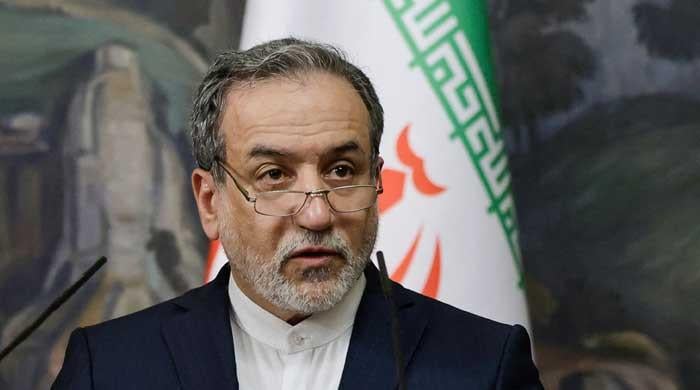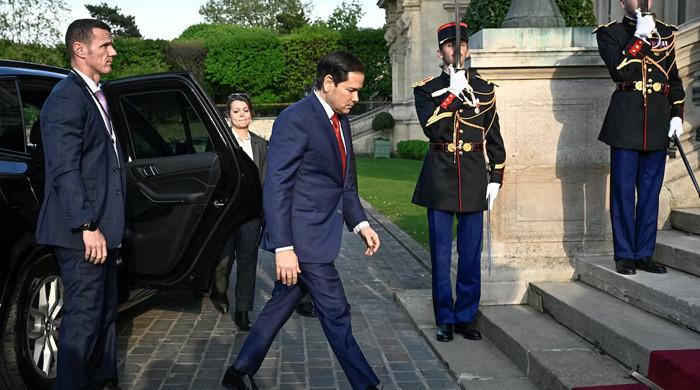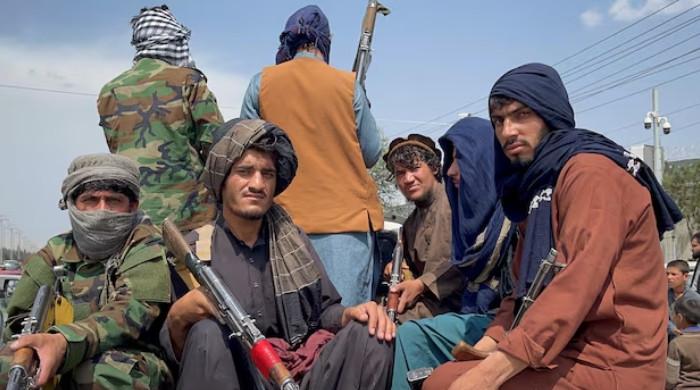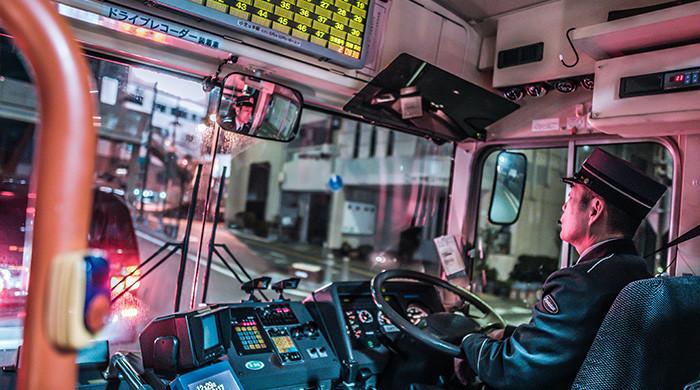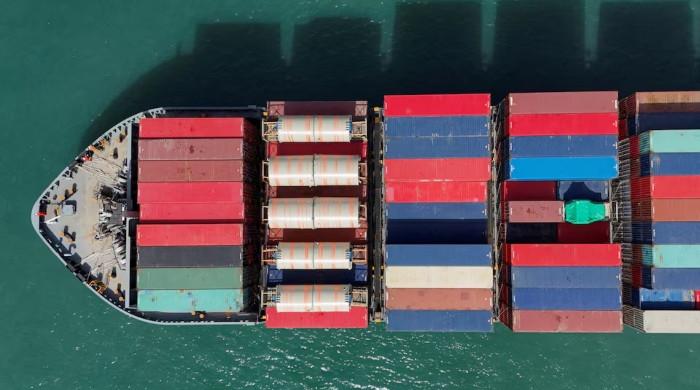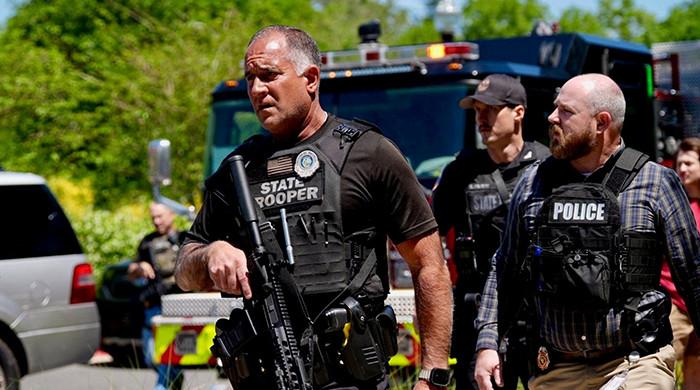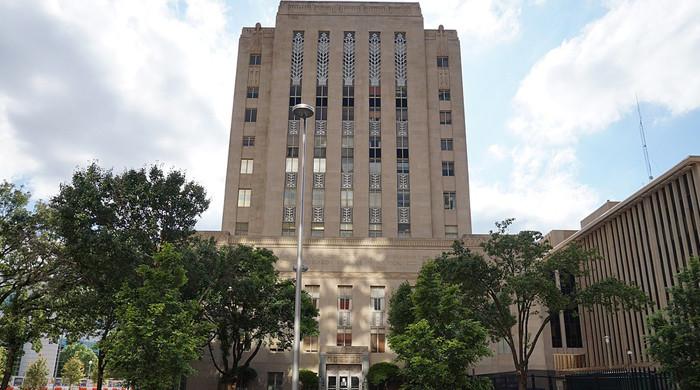Why did Sheikh Hasina choose to land in India after fleeing Bangladesh?
Ousted PM likely to fly to London next as Indian Air Force monitored her aircraft's entrance in India
August 05, 2024
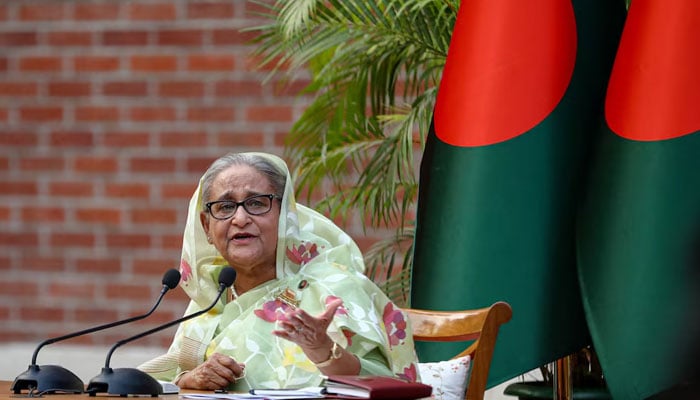
Bangladesh Prime Minister Sheikh Hasina’s 15-year reign came to an end on Monday, as she resigned and fled the country following weeks of tremendous anti-government protests killing hundreds.
Many sources have reported that Hasina has flown to India as the South Asian country’s Army chief General Waker-Uz-Zaman announced in a televised address that they would form an interim government after her resignation amid violent clashes between protesters and police.
As per the unnamed sources cited by the news agency ANI, Hasina has landed at Hindon Air Base in Uttar Pradesh’s Ghaziabad in a C-130 transport aircraft.
Moreover, the aircraft’s movement was monitored by the Indian Air Force and security agencies during its entrance into the Indian airspace and then to the Hindon airbase in Ghaziabad. It has been also mentioned by the sources that the aircraft will be parked near the Indian Air Force’s C-17 and C-130J Super Hercules aircraft hangars, reported Hindustan Times.
Notably, Hasina has served as Bangladesh's prime minister since 2009. Sheikh Mujib ur Rehman’s daughter rose as a pro democracy icon, however, with time she has been accused of autocracy and involvement in enforced disappearances, extrajudicial killings and curbing of opposition forces to her rule.
Why India?
Though Hasina's landing in India has still not been confirmed by the international media, there are speculations regarding why she would choose India.
Significantly, India has remained a crucial supporter of Hasina and fostered a mutually beneficial relationship between the two countries over the years. Bangladesh shares borders with many northeastern states in India, which have confronted militant insurgencies for decades.
Consequently, a friendly Dhaka regime has looked after and taken part in addressing these security dilemmas.
Moreover, anti-India militant groups have faced crack downs by Hasina’s government in Bangladesh earning goodwill in Delhi, reported BBC.
She has also consistently defended the strong relationship between Dhaka and Delhi despite criticism from the opposition forces.
Additionally, India has also remained the largest trade partner of Bangladesh in South Asia.
Since the anti-government protests, asking for abolishing quotas in civil service jobs, began in July, the death toll now stands at over 280.
A march to the capital Dhaka on Monday was called by the student activists in defiance of a nationwide curfew to pressure Hasina to resign, a day after nearly 100 people were killed by the deadly clashes across the country.
In addition, about 150 people were killed in the protests last month.




